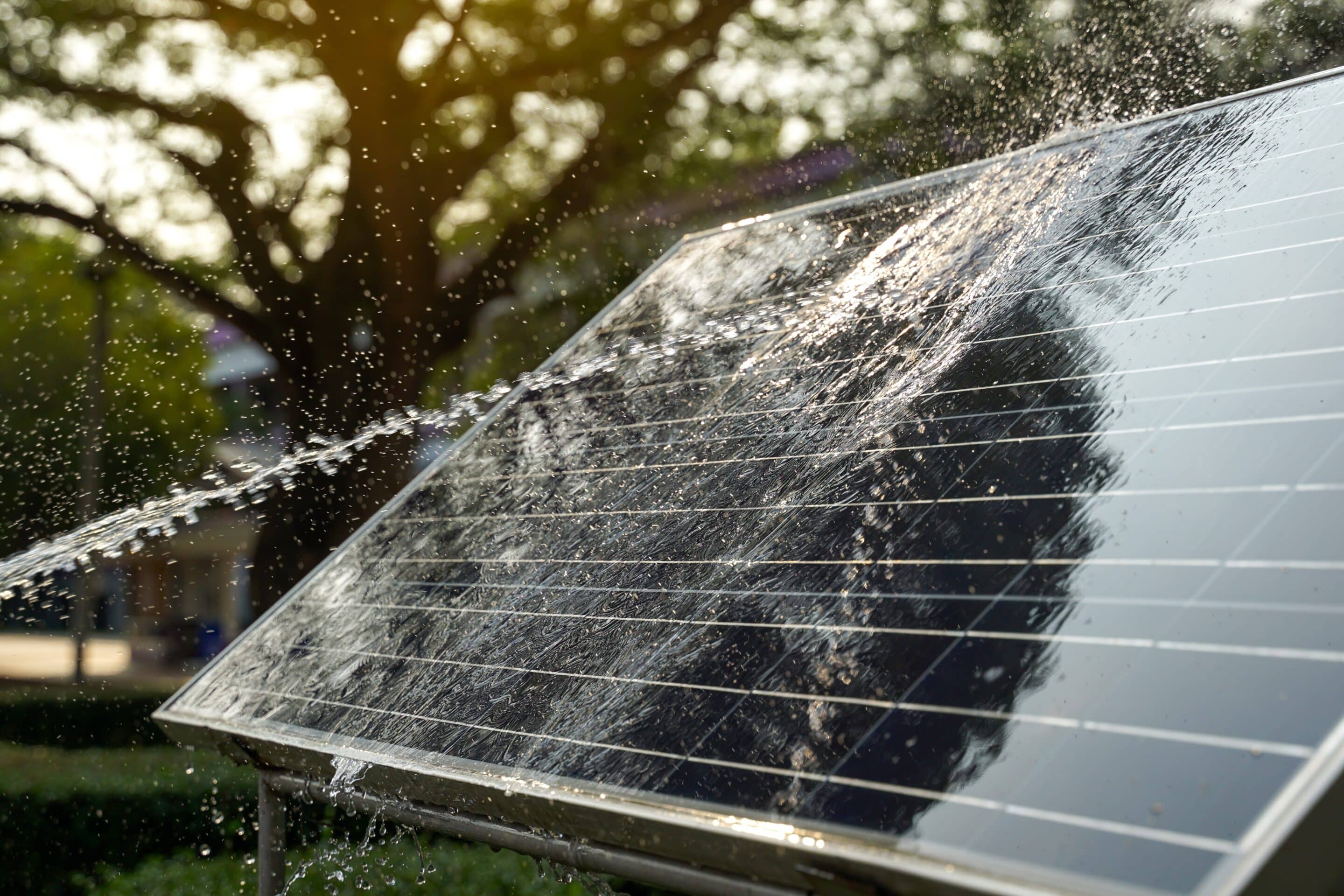Roofing & Solar
View more insights
How Solar Panels Are Installed on A Home
As the world collectively turns its gaze towards renewable energy sources, solar power has emerged as a shining star in the quest for sustainable and eco-friendly electricity generation.
How to Maintain Solar Panels: Maximize System Efficiency Guide
The amount of sunlight that reaches your solar panels directly impacts electrical output and is often something you can control. Avoiding shade by trimming trees or carefully choosing the right installation point makes a significant difference.
Why Is My Electric Bill So High In The Summer?
Millions of Americans open their electricity bill monthly with a sense of trepidation. The rising cost of utilities is placing pressure on people across the country, regardless of their income bracket or family size.





